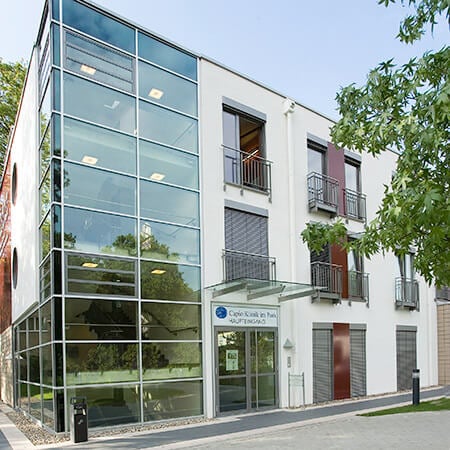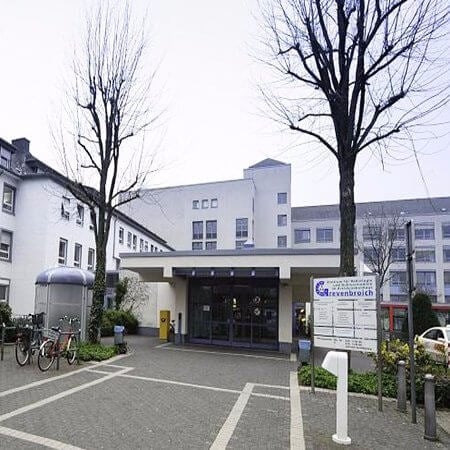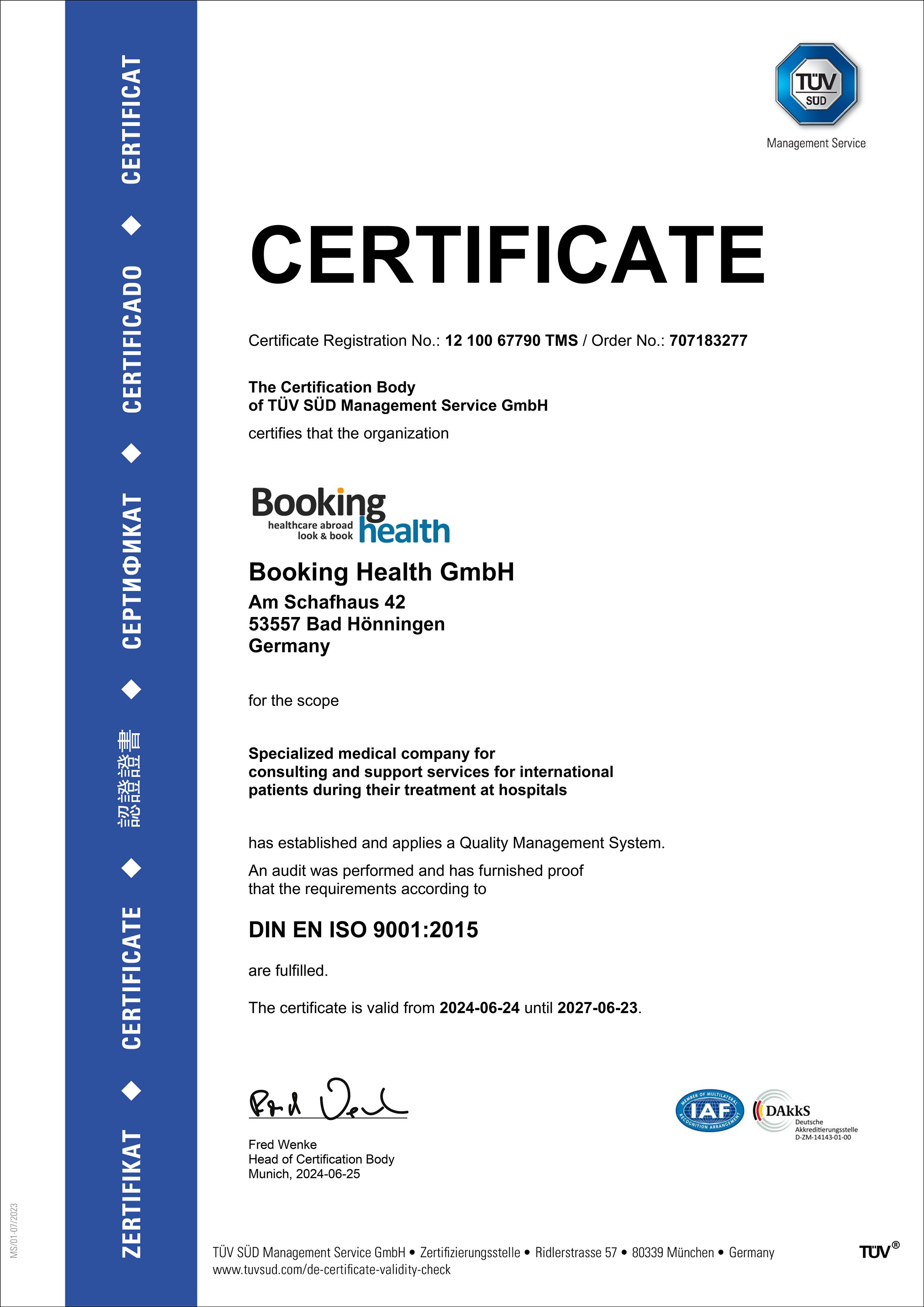About the disease
Deep vein thrombosis, also known as DVT, is a disease, which develops when blood clotting occurs in the vein located deep in the body. Such deep blood clots usually develop in the thigh or lower leg, but they can also develop in other areas of the body as well. Deep vein thrombosis rarely develops in people younger than 50 years old. There are various factors which can contribute to development of deep veins blood clotting. Previous injury, which damaged the veins, is the most common one of them. Also, being overweight puts a person into the risk group, as there is increased pressure on the veins of the leg.
In some cases, deep vein thrombosis can be genetically passed, that is why people whose relatives have DVT must be regularly examined, especially after the age of 50. In rare cases, deep vein thrombosis can be caused by hormonal therapy or by taking the birth control pills for a continuous period. Smoking, especially in big doses, can also contribute to development of deep vein thrombosis if a person has experienced any of the factors listed above. Nonetheless, previous surgery on the lower extremities is the most likely to contribute to the risk.
Deep vein thrombosis does not always manifest itself in any symptoms. According to the National Heart, Lung and Blood Institute, only 50% people experience symptoms of deep vein thrombosis and that is why it is so dangerous.
Symptoms
- Swelling in the foot
- Cramps
- Pain in the foot or an ankle
- The affected area becomes warmer than the rest of the body temperature
- Skin near the affected area can change its color to pale, red or blue
Diagnosis
- During a general examination, a doctor will examine the legs of a patient to determine if there are any swollen areas. He will also inquire if there have been cramps or any unusual pain.
- Imaging tests, such as CT scan, is used to see the image of the veins and determine if there is a blood clot.
- Contrast venography gives a doctor an X-ray of even the most distant veins and is also very effective in detection of deep vein thrombosis.
Treatment
- Conservative treatment uses drugs designed to thin the blood and to dissolve the existing clots as much as possible. Thrombolytic drugs are used if the clot is big. These drugs can break up the clot. A person may also wear compression stocking to reduce substantially clotting in the future and prevent swelling.
- Percutaneous thrombectomy is a surgery, used to remove the thrombus by suction or aspiration with the help of catheters or automated devices.
Authors: Dr. Nadezhda Ivanisova, Dr. Sergey Pashchenko











